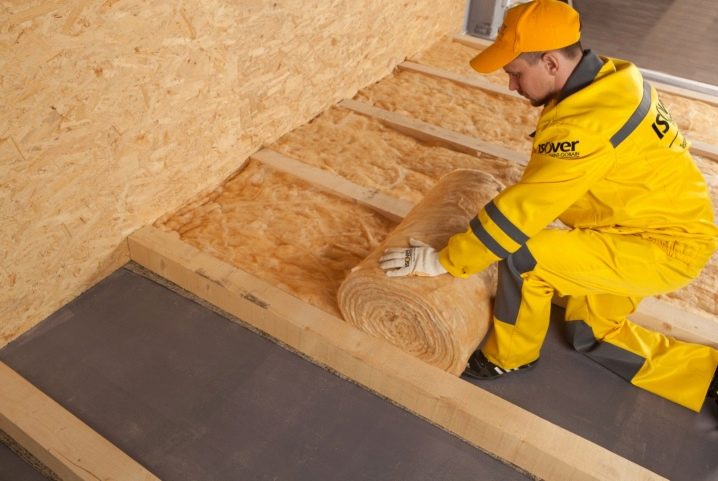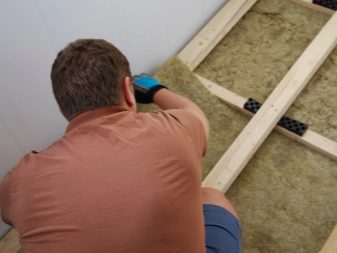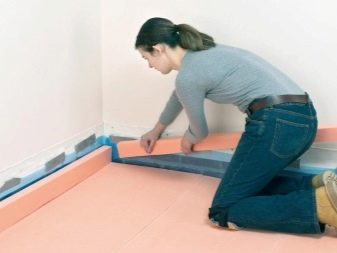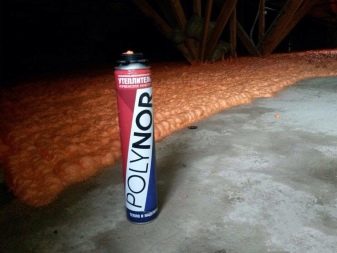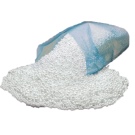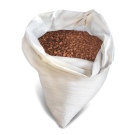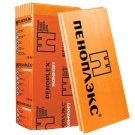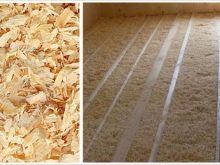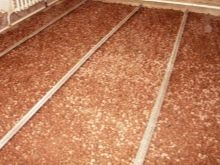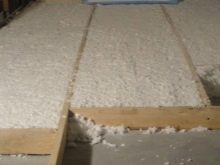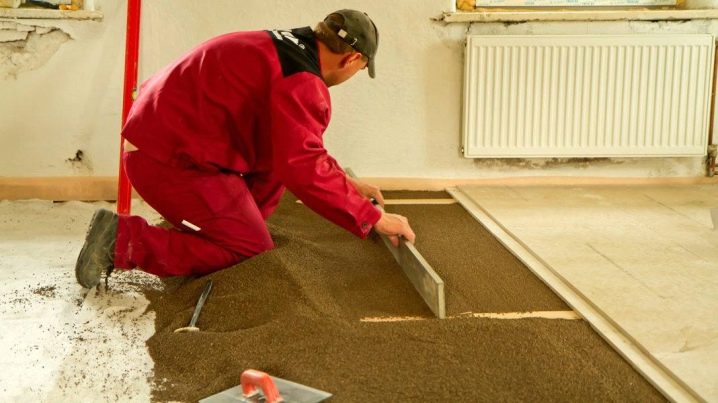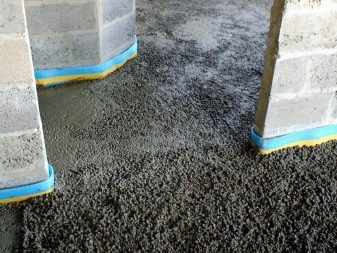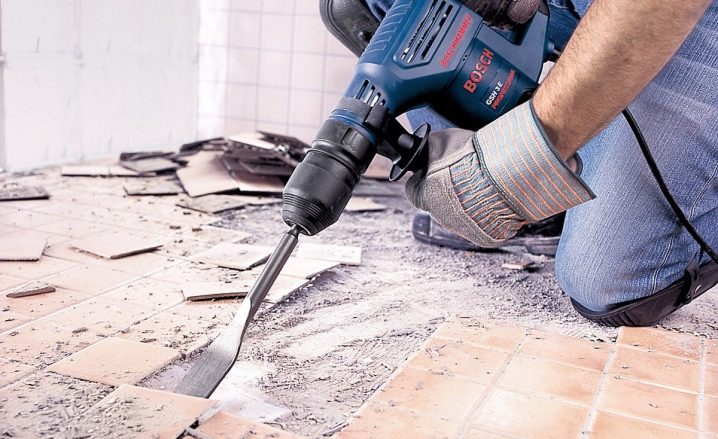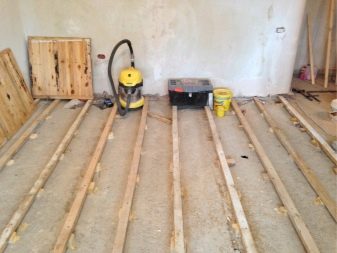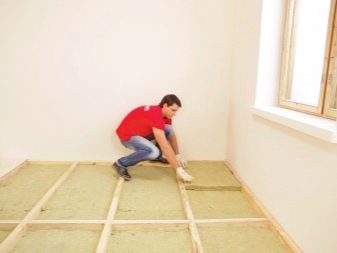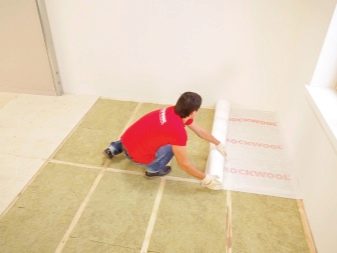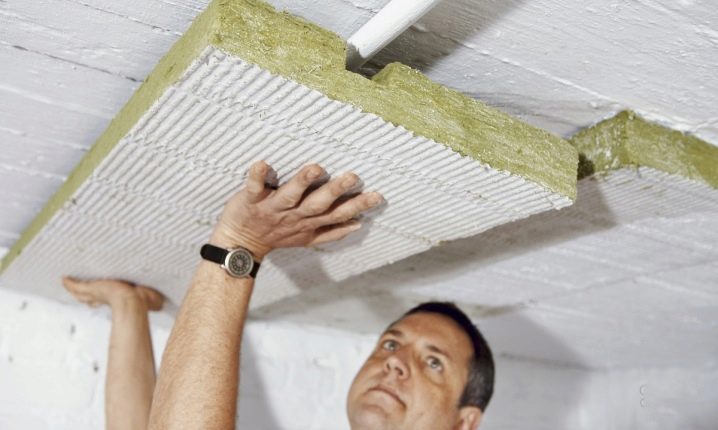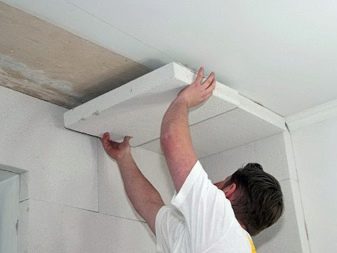How to insulate the floor of the first floor from the basement?
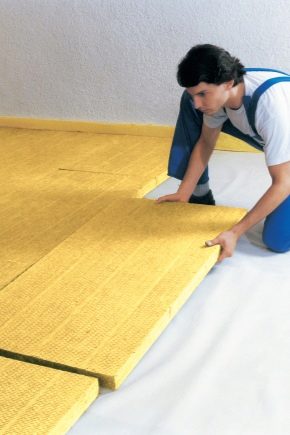
Warming flooring - one of the main tasks to ensure a warm and cozy microclimate in the living space. If your apartment is located on the first floor of a multi-storey building, and under you there is a basement room, it is not recommended to neglect floor insulation. This question is relevant for the floor surface from the basement in a private or country house.
Purpose of floor insulation
The heat exchange process in private houses or in apartments of high-rise buildings often directly depends on the design of the floor surface. So how exactly the floor surface is the area where the heat disappears the fastest.This is due to the fact that a material such as concrete is used in construction. Due to its performance and long service life, concrete is one of the most commonly used materials for the manufacture of flooring. Nevertheless, despite the large number of merits, concrete base is extremely cold material.
When using a concrete base for the floor, it is imperative to produce high-quality thermal insulation. Otherwise, any heating system will be extremely inefficient.
The cold surface of the floor will cause discomfort from being in an apartment or on the first floor of a private house. Uncomfortable conditions will increase heating costs. And the floor surface of a private house, under which the basement is located, in the absence of a heat-insulating layer provokes the occurrence of fungal deposits and mold on the wall surface.
In order that in the future you will not have to face such unpleasant difficulties, it is recommended to produce high-quality insulation of the floor covering.It is worth noting that the procedure for warming the floor surface is quite easy.
If you have the necessary material and a set of tools, you can do it yourself without resorting to the services of specialists.
Underground in the bottom of your house you should definitely deal with, it should not be unheated. Under the floor can be further treated with polynor, which is more suitable in a brick house. And also select the appropriate device for heating.
Material selection
To date, the construction market is rich in the presence of many types of materials intended for insulation of the floor surface. Insulating material can be presented in the form of a granular mixture, liquid, rolls or blocks. And regardless of the choice of insulation material, it will perfectly cope with its function. Let us consider in more detail each of the above types of insulation.
Block insulation
Block insulation material presented in the form of a plate or mat. It has a low thermal conductivity and low weight. The block heater perfectly is suitable for application from the basement room.
Due to the low coefficient of thermal conductivity, it is recommended to use insulation blocks and mats in combination with rolled insulation. This will increase the overall insulation of the floor surface.
In the manufacture of the insulation block or mat, materials such as mineral wool, foam plastic, basalt fiber and other materials with a composite structure are used.
Loose insulation
For bulk insulating mixtures for the floor surface are several materials.
- Expanded clay gravel. It has a light porous structure, and for its production firing of clay or shale is used.
- Chips or sawdust. Waste produced after working with wood.
- Foam crumb. It is presented in the form of light spherical granules that are foamed with isopentane gas or made from polystyrene foam residues. It is durable and environmentally friendly material, is widely used in construction and repair work.
- Slag waste. Represent valuable raw materials in the field of industrial and road construction works. The main consumption of this material is in the cement industry,currently using approximately 23 million tons of granulated blast furnace slags each year.
The use of bulk insulation materials is necessary to fill the free space between the floor surface and its foundation. Loose insulating material may be used on open ground and in the building, which has a subfloor or a full basement room. All types of bulk insulation material can be laid using two methods: manual and compressor (a special compressor machine is required).
This kind of insulation can fill all the space, including such hard-to-reach places like cracks. Among the disadvantages of this material, it is possible to isolate the shrinkage inherent in all bulk materials. When the loose heat-insulating material dries out, moisture evaporates, and as a result, the particles that are in the composition of the material begin to converge. The result of this process is to reduce the overall size of the material.
Manual insulation
The rolled heat-insulating heater can be presented in the form of mineral wool,any kind of composite material with a cork base or any type of multilayer insulation, which is based on foil.
The thickness of the rolled insulation varies, but the most common is the size of eight to ten centimeters.
Liquid insulation
Liquid insulation is a cement mortar, which is added to the composition of foam chips, wood chips, expanded clay gravel and other bulk insulation materials. Such a solution with all the necessary building materials and tools can be prepared independently at home. If necessary, it is possible to purchase ready-made insulation material based on foam.
With special equipment, it is quite easy to apply. After curing, the thermal insulation foam is close in technical characteristics to foam plastic. For the manufacture of "penoizol" use: polymer urea resin, filtered water, orthophosphoric acid, designed to accelerate the process of hardening of the main components and the foaming element, which contains approximately two percent of vitriol oil.
Insulation process
To ensure proper insulation of the floor surface, it is necessary to dismantle the old floor covering. Dismantling is recommended to be carried out carefully and carefully for possible reuse. In order to insulate the floor from the basement, it is necessary to take into account the loads that occur on all layers of the structure. To minimize them, the insulation material is laid in a strictly defined order.
But first you need to prepare the following set of tools that will be needed for the procedure for warming the floor surface:
- drill - screwdriver;
- screwdrivers;
- hammer,
- level to determine deviations on the vertical and horizontal surface,
- construction knife.
The procedure of warming the floor begins with the dismantling of the old floor covering. After its implementation, it is recommended to check the status of all lag. Faulty logs must be replaced.
After that, it is recommended to make treatment using antifungal antiseptic. In the future, this will prevent the formation of mold and fungal deposits on the surface of the lag.After the antifungal antiseptic has completely dried, you can proceed to the laying of the insulation material.
The insulation material you have chosen carefully fits into the free space between the lags. In the presence of high lag allowed laying in two layers. In this case, it is recommended to combine different types of heaters in equal proportions, for example, a layer of loose insulation with roll material. After that, the vapor barrier is laid. It serves as a barrier to the formation of moisture and its penetration into the floor structure inside the living space. And also it does not allow condensation to form on the insulation material, protecting the structure from fungal deposits and mold. A plywood board is placed on top of the vapor barrier.
Before you lay parquet, linoleum, tile or other flooring on the surface of plywood, it is recommended to use a substrate with a thickness of at least three centimeters.
Insulation in the basement
If possible, you can make additional insulation work from the basement. It is produced on the ceiling surface of the basement.To do this, it is recommended to give preference to foam blocks, since this material copes with high humidity. Foam blocks are glued to the ceiling surface using a specialized adhesive composition, which you can buy at any hardware store.
After the adhesive is completely dry, the joints between the foam blocks will need to be sealed with foam. Excess foam is removed with a knife.
Foam blocks as an example were not chosen by chance. Polyfoam is one of the cheapest materials for warming. In addition, in case of damage, replacement is quick and easy. However, it is acceptable to use any other thermal insulation material. It may be mineral wool, which is available in the form of a roll or plate. The latter option is more convenient in fasteners to the ceiling surface, as the rolled mineral wool has a loose structure.
In the presence of a dry basement and ceilings of reinforced concrete slabs - insulation material, presented in the form of slabs, would be the best solution.If the overlap is made with wooden beams, it will be extremely difficult to fix the insulation in the form of sheets or slabs to the ceiling surface.
Since it is necessary to customize and cut insulation, to avoid a gap in the joint. In this situation, it is recommended to give preference to rolled insulation materials. Due to their flexible structure, they will wrap around the beam and do not form a gap. The canvas is fixed with nails or screws.
For a more reliable fastening of the insulation material, wooden slats or galvanized steel strips are used. The combination of friable and rigid mineral wool is allowed.
In order for any insulating material to cope with its functions, all joints formed between the vapor barrier film and insulation must be sealed with construction tape. This will give the entire surface tightness. To avoid the formation of condensation - in no case should the ventilation hole be closed.
For more information on how to insulate the floor of the first floor from the basement, see the following video.
